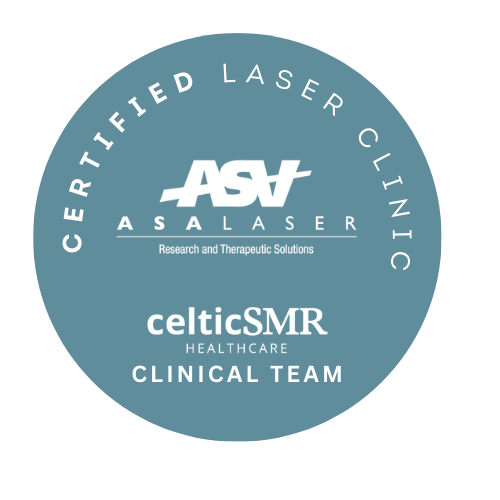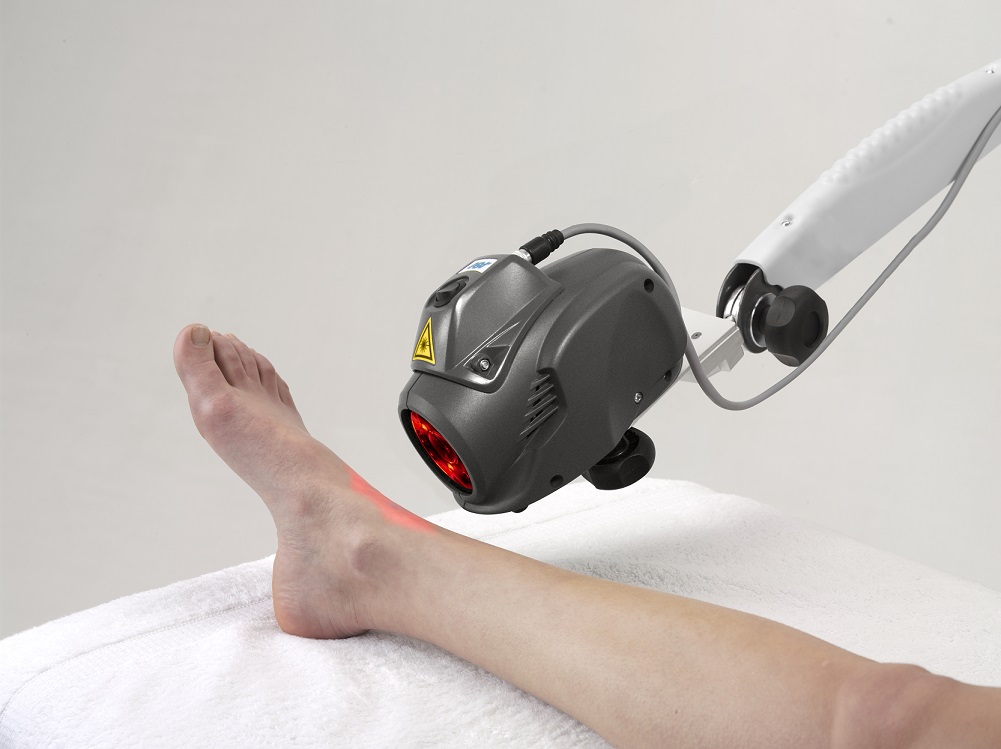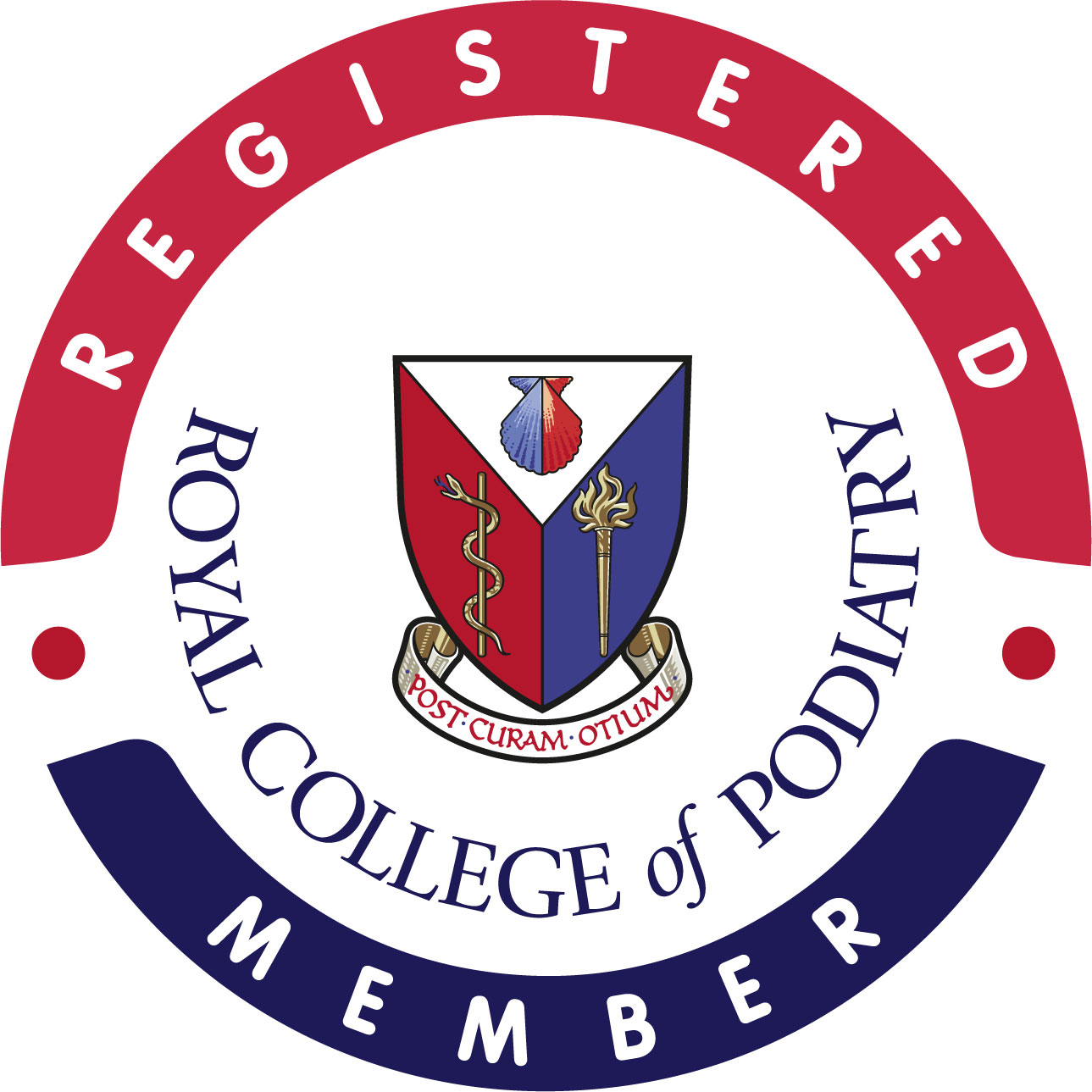
A Brief Overview of Wounds and Healing
There are lots of different types of wounds but they can most simply be classified as either acute or chronic.
Acute wounds are sudden injuries caused by trauma or surgery. Chronic wounds are tissue injuries which do not heal within the expected time frame. These consist of wounds such as diabetic foot ulcers, venous ulcers, arterial ulcers and other non- healing wounds.
Traditional treatment of acute wounds depends upon location and severity. General wound care may include the following:
- Controlling the bleeding – Identifying the source of bleeding and applying pressure (if applicable) or tools to make it stop.
- Cleansing the wound – General soap and water may be used on minor acute Saline solutions may be used on larger, deeper or more complex wounds.
- Debridement (removing damaged/dead tissue)
- Dressing and/or closing the wound – Some wounds may require a health care professional to apply staples, skin adhesive, sterile strips or stitches to bring the wound edges together to close. Wounds may be left open to air or covered with dressings depending upon their location and
- Antibiotics and other drugs – In some cases, antibiotics may be prescribed to reduce the risk of infection. This is typical in wounds with a high risk of developing infection, as in those contaminated with debris. Medications for pain, swelling and other wound specific treatments (e.g. a tetanus shot) may also be recommended.
Chronic wounds, which typically result from medical conditions, nutritional deficiencies, infections, and metabolic disorders, involve intensive and time- consuming treatments. Treatments in patients with chronic wounds usually consist in debridement and skin grafts.










